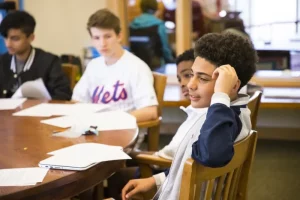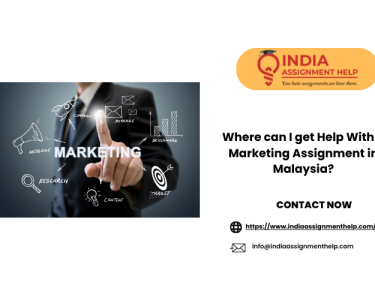Introduction:
Welcome to a groundbreaking discussion on reshaping US education. As an advocate for equity and inclusivity, Dr. Emily Rodriguez brings her extensive expertise to the forefront. With a Ph.D. in Education Policy and years of research in bias mitigation, Dr. Rodriguez is passionate about revolutionizing education to eliminate bias. Join her journey as she unveils transformative strategies to tackle bias in US education, going beyond textbooks to foster a fairer and more inclusive learning environment for all.
Understanding Bias in US Education:

Bias permeates US education, affecting curriculum, teaching practices and student experiences. Recognizing and addressing bias is crucial for creating equitable learning environments where all students can thrive.
The Limitations of Traditional Textbooks:
Traditional textbooks often present a narrow perspective, reinforcing stereotypes. And omitting diverse voices and experiences. Relying solely on textbooks perpetuates bias and limits students’ understanding of complex issues.
Innovative Approaches to Bias Mitigation in US Education:
To tackle bias effectively, educators must embrace innovative approaches that go beyond textbooks:
- Incorporating diverse perspectives and voices in curriculum development
- Utilizing multimedia resources and digital platforms to present a more inclusive view of history and society
- Implementing culturally responsive teaching practices that validate students’ identities and experiences
Curriculum in US Education:
A multicultural curriculum provides students with a comprehensive understanding of the world. And fostering empathy with respect, and appreciation for diversity. Integrating multicultural perspectives in curriculum design ensures that all students see themselves reflected in their education.
Leveraging Technology for in US Education:

Technology offers endless possibilities for promoting inclusive learning experiences:
- Virtual reality simulations that immerse students in different cultural contexts
- Online platforms that facilitate dialogue and collaboration among students from diverse backgrounds
- Digital resources that amplify marginalized voices and perspectives
Professional Development for Educators: Empowering Change
Equipping educators with the knowledge and skills to address bias is essential for creating lasting change:
- Providing ongoing professional development on topics such as cultural competence, implicit bias, and inclusive pedagogy
- Creating opportunities for educators to reflect on their own biases and examine how they impact their teaching practices
- Encouraging collaboration and peer learning to share strategies and resources for bias mitigation
Community Engagement and Advocacy:
Creating a more inclusive education system requires collective action and advocacy:
- Engaging parents, community members, and stakeholders in conversations about bias and equity in education
- Advocating for policies and initiatives that promote diversity, equity, and inclusion in schools and districts
- Amplifying student voice and agency, empowering them to advocate for changes that reflect their needs and experiences
Visual Table for Key Points:
| Key Point | Description |
|---|---|
| Understanding Bias in US Education | Recognizing bias in curriculum and teaching practices |
| Limitations of Traditional Textbooks | Narrow perspectives, lack of diverse voices and experiences |
| Innovative Approaches | Diverse curriculum, technology integration, professional development |
| Integrating Multicultural Perspectives | Fostering empathy and respect for diversity through curriculum |
| Leveraging Technology | Virtual reality, online platforms, digital resources |
| Professional Development | Culturally competent teaching, addressing implicit bias |
| Community Engagement and Advocacy | Engaging stakeholders, advocating for policy change |
Conclucion
Join Dr. Emily Rodriguez on a transformative journey to tackle bias in US education. By embracing innovative approaches, integrating multicultural perspectives, and fostering community engagement, we can create a more inclusive and equitable learning environment for all students. Beyond textbooks lies the potential for real change – let’s seize it together.




